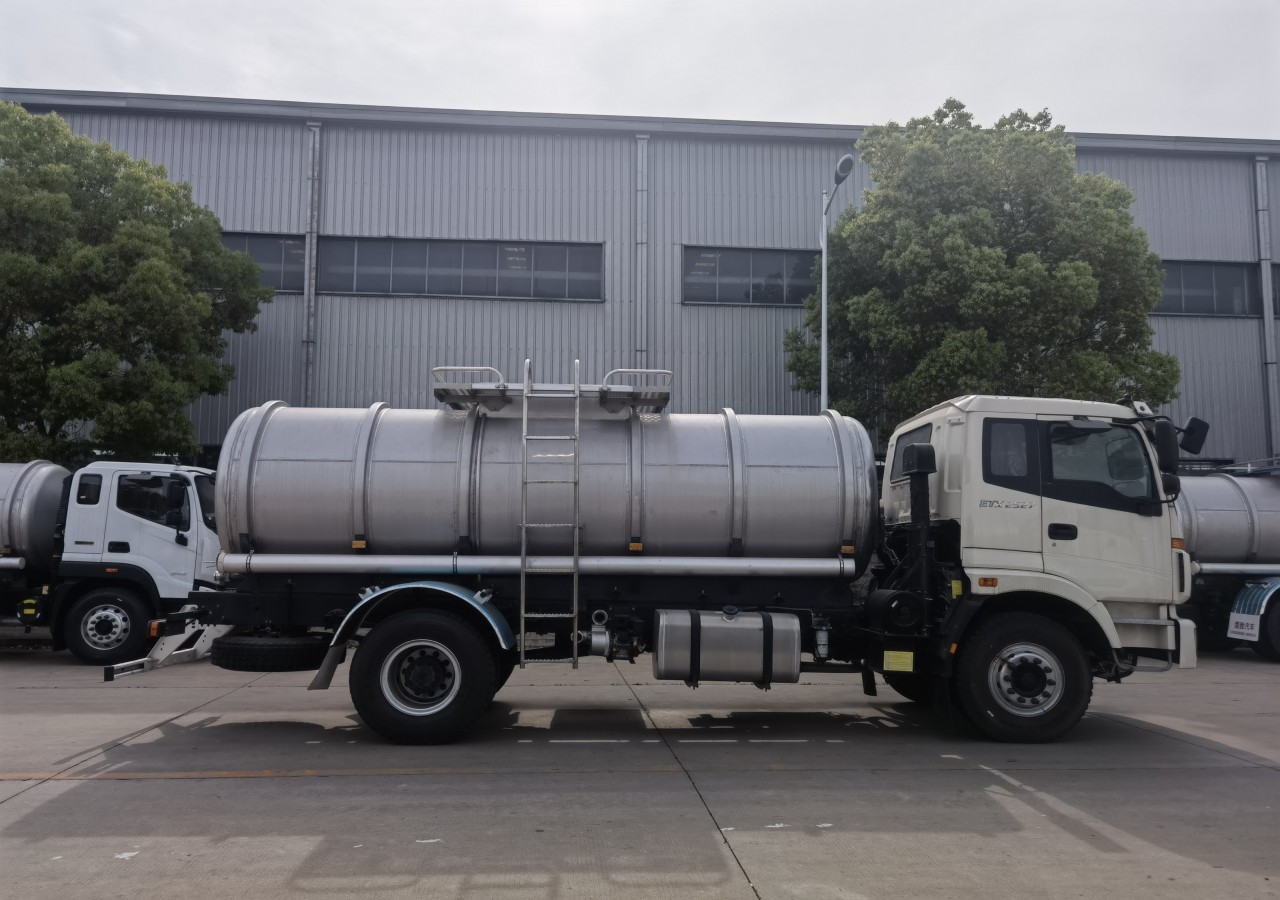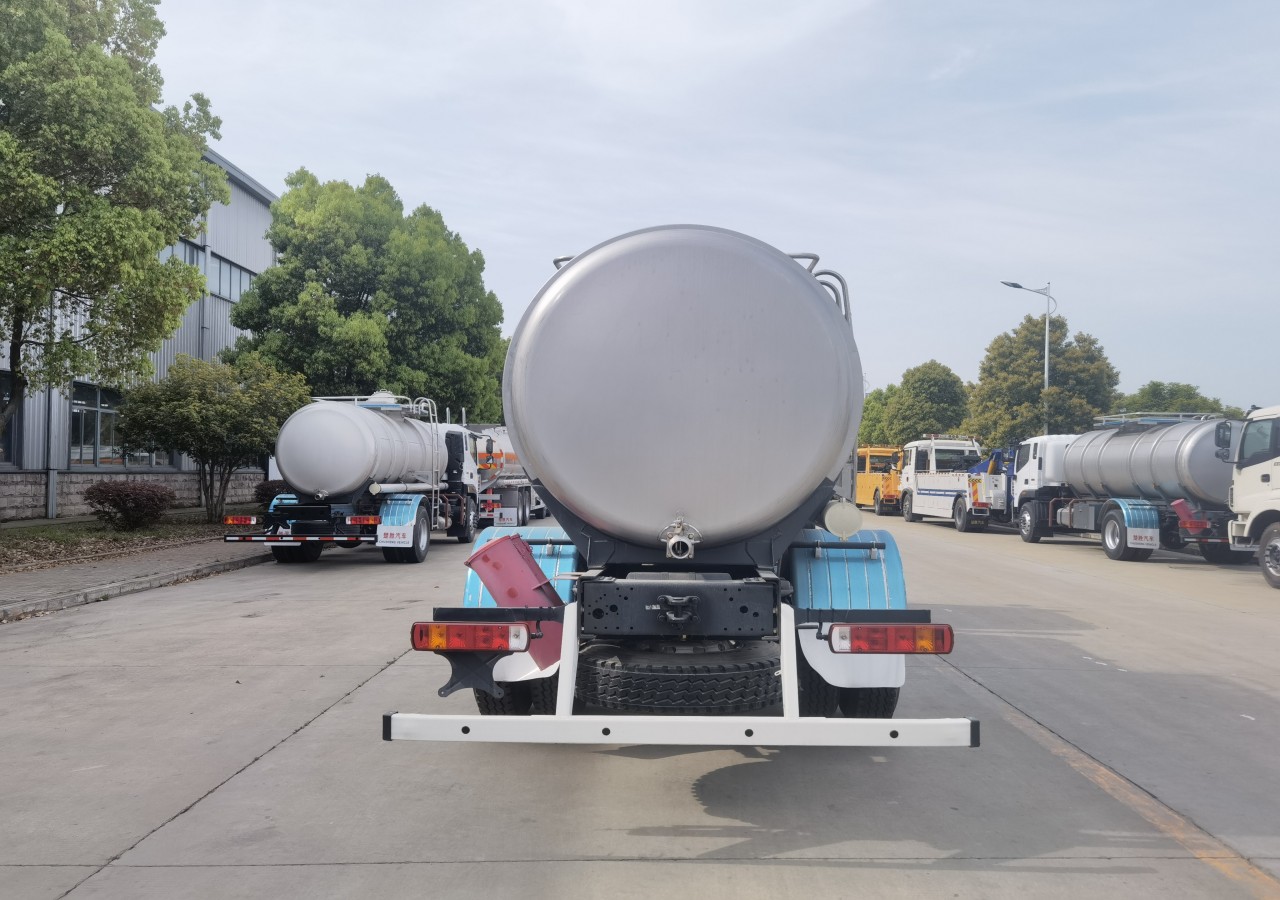When we think about tanker trucks, we often imagine massive vehicles rolling down highways, delivering critical supplies from water and milk to hazardous chemicals. Among these, water tanker trucks are some of the most common and essential vehicles, playing vital roles in firefighting, agriculture, construction, emergency relief, and municipal services. But a frequent question people ask is: How much water can a tanker truck carry?
The answer isn’t as simple as a single number. Several factors, such as the type of tanker, its design, local regulations, and its intended use, all influence the total carrying capacity. In this article, we’ll dive deep into the world of water tankers and explore their capacities, types, and practical applications.
Understanding Water Tanker Truck Basics
A water tanker truck is a specialized vehicle designed to transport large quantities of water from one location to another. It usually consists of a robust chassis (the truck’s frame and engine) and a cylindrical tank made from materials like carbon steel, stainless steel, or food-grade plastic, depending on the purpose.
Water tanker trucks must be designed to safely carry a significant weight. Since water is heavy (about 8.34 pounds per gallon or 1 kilogram per liter), even a relatively small volume can add a lot of weight. Thus, the structural integrity of the tank, the power of the truck’s engine, and the strength of its brakes are critical to safe operation.
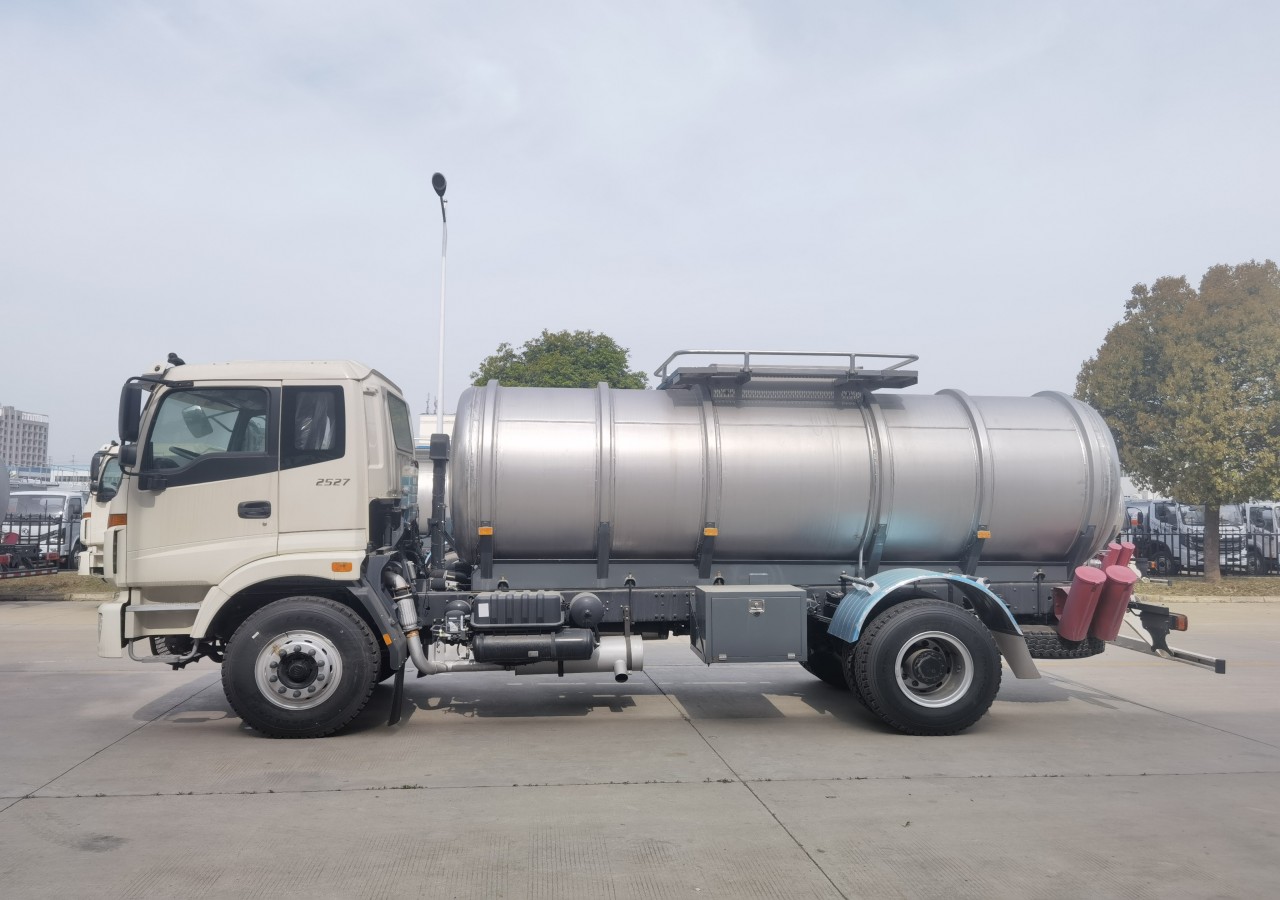
Factors That Affect Tanker Truck Capacity
Several important factors determine how much water a tanker truck can carry:
- Truck Size and Design: Trucks come in different sizes, from small, single-axle models to massive, multi-axle giants.
- Gross Vehicle Weight Rating (GVWR): This is the maximum operating weight of a vehicle as specified by the manufacturer, including the vehicle itself, passengers, cargo, and fuel.
- Road Regulations: Legal weight limits vary by country, state, and even local municipality. For example, the U.S. federal gross vehicle weight limit is generally 80,000 pounds without special permits.
- Purpose and Industry Standards: A construction site might use 2,000- to 4,000-gallon trucks, while mining operations might require tankers that carry tens of thousands of gallons.
With these factors in mind, let’s look at typical tanker capacities.
Typical Water Tanker Truck Capacities
Depending on the size and design of the vehicle, here’s how much water different types of tanker trucks can generally carry:
| Tanker Type | Typical Capacity |
|---|---|
| Small Water Trucks | 500 – 2,000 gallons (1,900 – 7,600 liters) |
| Medium Water Trucks | 2,000 – 4,000 gallons (7,600 – 15,100 liters) |
| Large Water Trucks | 5,000 – 10,000 gallons (18,900 – 37,850 liters) |
| Off-Road Mining Water Trucks | 10,000 – 50,000 gallons (37,850 – 189,000 liters) |
Small water trucks are often used in landscaping, small construction sites, or by municipal workers for watering trees and plants.
Medium-sized trucks are common for dust suppression on construction sites, street cleaning, or providing emergency water supplies.
Large tanker trucks are typically seen in larger-scale operations like firefighting, commercial agriculture, or industrial applications.
Off-road mining water trucks are among the biggest vehicles on Earth, designed specifically for dust control in massive mining operations. These can carry incredible amounts of water but are restricted to private mining roads because they far exceed legal road weight limits.
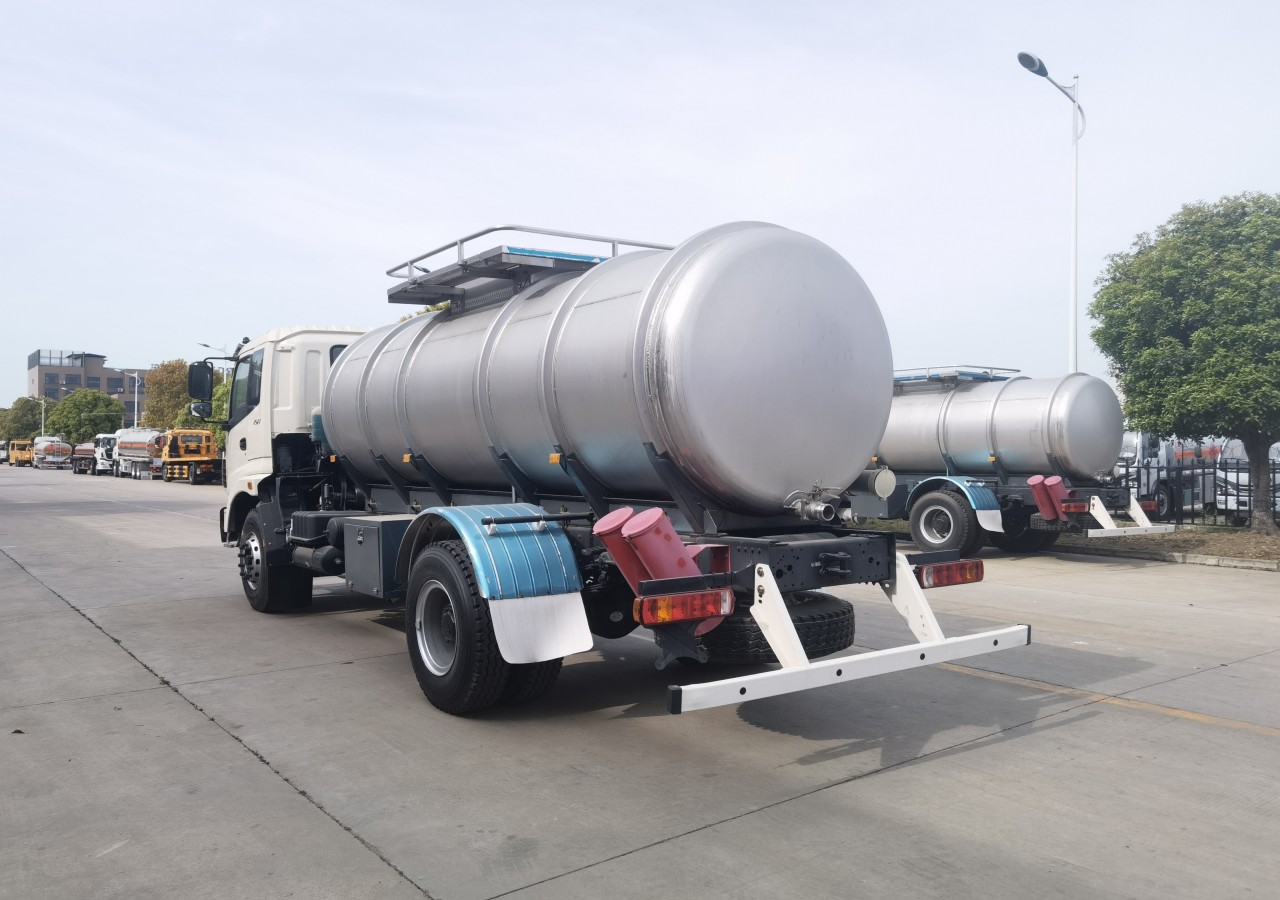
Examples of Water Tanker Trucks
To better understand real-world capacities, here are a few examples:
- Ford F-750 Water Truck: A popular medium-duty truck that can carry around 2,000 to 4,000 gallons.
- Freightliner M2 106 Water Truck: Common in construction, typically equipped with a 4,000-gallon tank.
- Caterpillar 777 Water Truck: A huge mining truck that can carry up to 50,000 gallons.
Each of these models is tailored to specific industries, from urban firefighting and farming to enormous mining operations.
The Importance of Weight and Volume Calculations
Since water is so heavy, tanker truck operators must perform careful weight and volume calculations. Here’s a simple breakdown:
- 1 gallon of water weighs about 8.34 pounds.
- 1,000 gallons of water weigh about 8,340 pounds (3,783 kilograms).
Thus, a medium-sized truck carrying 4,000 gallons is transporting about 33,360 pounds (over 15 metric tons) of just water, not counting the weight of the truck and the tank itself.
Overloading a truck can cause serious mechanical failures, increase accident risk, and violate transportation laws. Therefore, truck manufacturers design water tankers with built-in margins to ensure that when fully loaded, the truck remains within safe operating limits.
Specialized Tank Designs
Water tanker trucks also come with various specialized tank designs to optimize water delivery:
- Baffled Tanks: Inside the tank are baffles — internal walls that prevent the water from sloshing around too much. Baffles improve vehicle stability, especially when the tank isn’t full.
- Gravity Discharge Systems: Some trucks use simple gravity to release water, often through rear-mounted spray heads.
- Pump Systems: Other trucks have pumps that allow for high-pressure spraying, often necessary for firefighting or dust control.
- Potable Water Tanks: For drinking water delivery, tanks must be food-grade and prevent contamination.
Each feature adds weight and complexity but helps tailor the truck to its specific task.
Legal and Safety Considerations
In many regions, tanker trucks must adhere to strict safety and licensing regulations, especially if they’re carrying potable water or operating in public areas. Operators may need special endorsements on their driver’s licenses (like a CDL in the U.S.) and must routinely inspect tanks, hoses, valves, and the truck itself.
In emergencies, such as after a natural disaster, regulations may allow temporary exceptions to weight limits, enabling faster delivery of critical water supplies. However, safety remains a top priority.
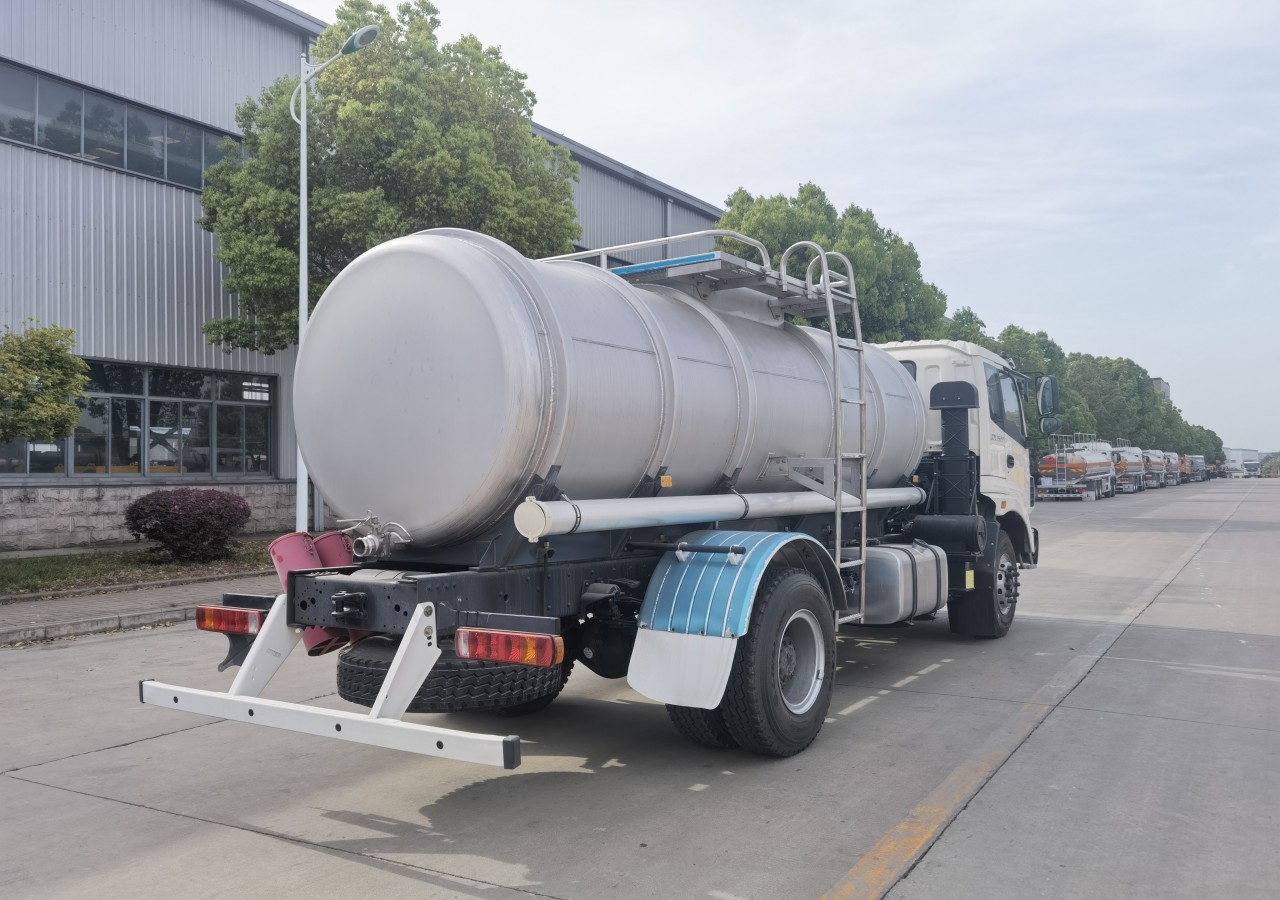
Conclusion
So, how much water can a tanker truck carry? It depends on the truck’s size, design, and purpose. Capacities can range from a few hundred gallons for small municipal trucks to tens of thousands of gallons for giant mining water haulers.
Understanding these differences is crucial for choosing the right truck for the job, whether it’s fighting fires, suppressing dust, watering crops, or delivering safe drinking water to communities in need. Tanker trucks may seem like simple machines, but behind each one is a carefully engineered balance of volume, weight, power, and safety that keeps our industries — and sometimes our lives — flowing smoothly.
